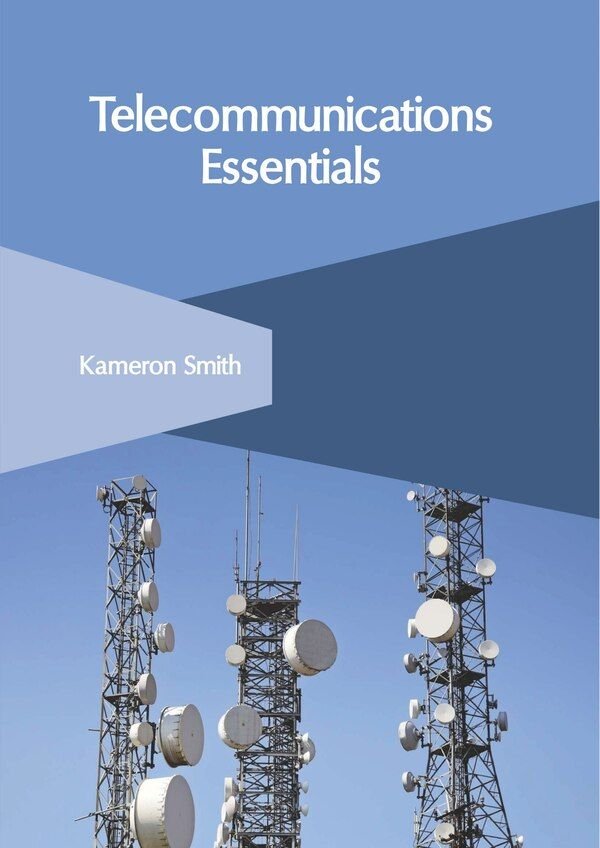
Edit Post
Telecommunications landscape, encountering issues that require consultancy is common regardless of the service provider. Call centers serve as vital channels for customers to seek assistance, yet navigating through automated systems and enduring lengthy wait times to connect with a customer service representative can be frustrating. How might future innovations address this challenge by streamlini... View more
Telecommunications landscape, encountering issues that require consultancy is common regardless of the service provider. Call centers serve as vital channels for customers to seek assistance, yet navigating through automated systems and enduring lengthy wait times to connect with a customer service representative can be frustrating. How might future innovations address this challenge by streamlining the process and facilitating direct and efficient communication between customers and representatives? View less
- 0 0
- 0 0
-

-
Ajith L Rajan
published solution: 1 year beforeBy the year 2028, the telecommunications landscape is poised to undergo significant transformations driven by advancements in technology and changing consumer demands. With the widespread deployment of 5G networks, connectivity will become faster, more reliable, and ubiquitous, enabling seamless communication and powering the Internet of Things (IoT). This enhanced connectivity will facilitate the proliferation of smart devices, from smartphones and wearables to connected appliances and autonomous vehicles, creating a highly interconnected ecosystem. Additionally, the integration of artificial intelligence and machine learning algorithms will optimize network performance, enabling predictive maintenance and personalized services. Moreover, the rise of virtual and augmented reality technologies will revolutionize how we communicate and interact, enabling immersive experiences and virtual meetings. However, with these advancements come challenges such as cybersecurity threats and digital inequality, which will require concerted efforts from industry stakeholders and policymakers to address. Collaborative initiatives to bridge the digital divide and ensure equitable access to telecommunications infrastructure will be essential for realizing the full potential of these advancements and creating a more connected and inclusive society by 2028.
0 1 0 0 1 0 -
RAHUL BABU
published solution: 1 year beforeThe future of the telecommunications landscape is poised for a transformative shift, driven by advancements in 5G, 6G, AI, and IoT. Telcos are evolving from mere connectivity providers to digital service hubs, offering seamless experiences and innovative solutions across industries. Partnerships and platform strategies will be key to unlocking new revenue streams and staying relevant in the rapidly changing tech landscape.
0 1 0 0 1 0


